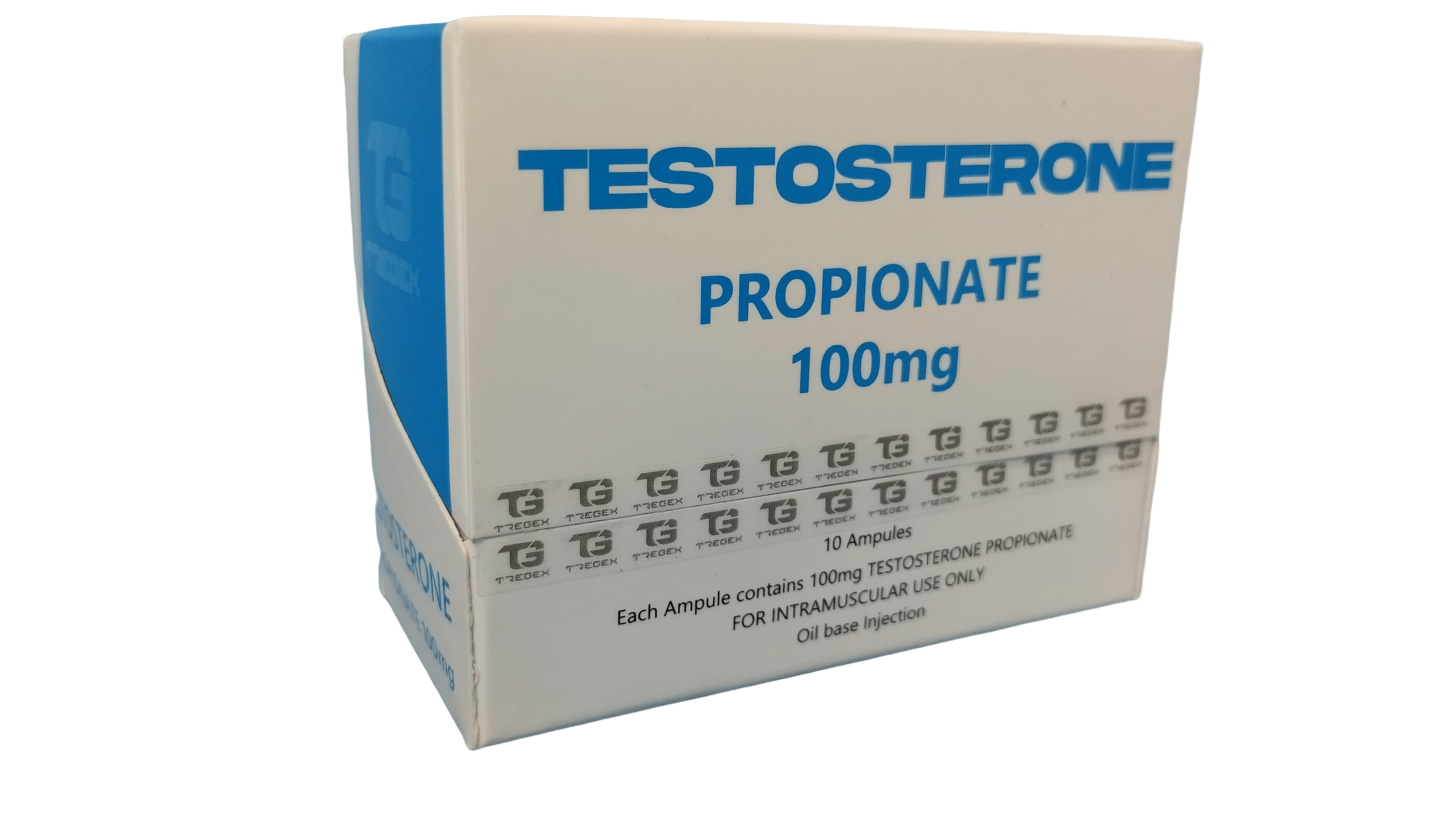

Trenbolone acetate is an injectable (generally) anabolic steroid derived from nandrolone. Its activity is quite removed from its structural parent, however, such that direct comparisons between the two are difficult. Trenbolone is a non-estrogenic steroid, and is considerably more anabolic and androgenic than nandrolone on a milligram for milligram basis. In appearance, it is much more commonly compared to a stronger androgen such as drostanolone, than it is to nandrolone. lt is also estimated to display about three times more androgenic potency than testosterone, making it one of the strongest injectable anabolic steroids ever commercially manufactured. Among athletes, this steroid is highly valued for its ability to increase muscle hardness, definition, and raw strength, without unwanted water retention and fat mass gains. It is considered a drug of choice for contest bodybuilders, yet remains very popular with recreational users simply looking to refine their physiques. Trenbolone is a modified form of nandrolone. It differs by the introduction of double bonds at carbons 9 and 11, which inhibit aromatization (9-ene), increase androgenbinding affinity, and slow its metabolism. The resulting steroid is significantly more potent as both an anabolic and an androgen than its nandrolone base. Trenbolone acetate contains trenbolone modified with the addition of carboxylic acid ester (acetic acid) at the 17-beta hydroxyl group, so that the free steroid is released more slowly from the area of injection.
The effects of testosterone in humans and other vertebrates occur by way of two main mechanisms: by activation of the androgen receptor (directly or as DHT), and by conversion to estradiol and activation of certain estrogen receptors. Free testosterone (T) is transported into the cytoplasm of target tissue cells, where it can bind to the androgen receptor, or can be reduced to 5alpha-dihydrotestosterone (DHT) by the cytoplasmic enzyme 5alpha-reductase. The areas of binding are called hormone response elements (HREs), and influence transcriptional activity of certain genes, producing the androgen effects.
Do not use this medicine if you are pregnant or may become pregnant.
You should not receive testosterone if you have prostate cancer, male breast cancer, a serious heart condition, or severe liver or kidney disease.
Misuse of testosterone can cause dangerous or irreversible effects. Testosterone injections should be given only by a healthcare professional. Testosterone can lead to serious problems with the heart, brain, liver, endocrine, and mental health systems. Stopping testosterone may also lead to unpleasant withdrawal symptoms.
Testosterone injections have also been linked to a condition called pulmonary oil microembolism (POME), or a blood clot in the lung that can be fatal. Seek medical help immediately for symptoms including chest pain, dizziness, trouble breathing, urge to cough, throat tightening and fainting.
What other drugs will affect testosterone?
Certain drugs may interact with testosterone, including;
- Blood thinners (including warfarin, Coumadin, Jantoven)
- Anti-inflammatory drugs, such as oxyphenbutazone
Other prescription and over-the-counter medicines, vitamins, and herbal products may also react with testosterone. Tell each of your health care providers about all medicines you use now and any medicine you start or stop using.Be sure to consult your doctor for more information.
Use is contraindicated.
AU TGA pregnancy category: D
US FDA pregnancy category: X
Comments:
-Treatment with this drug should be discontinued immediately if pregnancy occurs and the potential hazard to the fetus should be evaluated.
-There is a potential for transfer of testosterone from men treated with this drug to women who are or may become pregnant.
-Treatment with androgens can lead to fertility disorders by repressing sperm-formation (or causing oligospermia) in male patients, and to infrequent or repressed menstrual cycle in female patients.
-Exposure of a fetus to androgens may result in varying degrees of virilization.
Testosterone has been tested by subcutaneous injection and implantation in mice and rats. The implant induced cervical-uterine tumors in mice, which metastasized in some cases. Testosterone is also known to increase the number of tumors and decrease the degree of differentiation of chemically induced carcinomas of the liver in rats. There are no adequate data for the use of this drug in pregnant women.
AU TGA pregnancy category D: Drugs which have caused, are suspected to have caused or may be expected to cause, an increased incidence of human fetal malformations or irreversible damage. These drugs may also have adverse pharmacological effects. Accompanying texts should be consulted for further details.
US FDA pregnancy category X: Studies in animals or humans have demonstrated fetal abnormalities and/or there is positive evidence of human fetal risk based on adverse reaction data from investigational or marketing experience, and the risks involved in use of the drug in pregnant women clearly outweigh potential benefits.
Testosterone Breastfeeding Warnings
Use is contraindicated.
Excreted into human milk: Yes
Excreted into animal milk: Data not available
Store at 20° to 25°C (68° to 77°F) [see USP Controlled Room Temperature].




